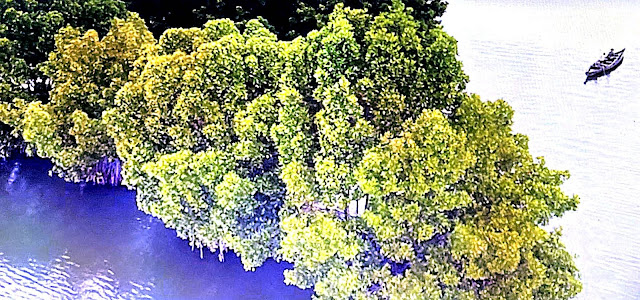Why Does Glue Not Stick To The Inside Of The Bottle
One of the problems that has confounded many students is why glue does not stick to the inside of the bottle it contains.
Glue
Glue is a sticky material (usually a liquid) that can stick two or more things together. Materials used for making glue are from plant or animal parts or oil-based chemicals.
The first glues were natural liquids that flew out of trees when we cut them. Later, people learned to make glue by boiling animal feet, cartilage, or bones.
You can prepare a simple glue at home by mixing wheat, flour, and water. This glue will stick pieces of paper together. A collage is a work of art made using glue to stick colored things onto paper.
While many glues are safe, certain kinds of glue contain strong-smelling chemicals. Some people sniff these glues to get high. Sometimes, people breathe in the vapors by mistake. It is a bad idea because these chemicals are often poisonous and may cause brain damage or illness. We can make glue using rice or rice flour. [2]
Glue sticks things together, but not to the container.
It is not magic but the science of water.
- Chemicals called polymers are long strands that are either sticky or stretchy.
- Using these polymers, we make glue. The right combination of polymers makes the best glue.
- White glue also contains water, which acts as a solvent, keeping the glue liquid until it sticks.
When you put glue on a piece of paper, the water in the glue evaporates, resulting in the glue becoming hard and dry. The sticky polymers that are left behind hold things together. This process is called mechanical adhesion.
So, did you get the real cause?
- There is not enough air inside the bottle, causing the evaporation of water to make the glue sticky.
- The bottle protects the glue from the air and keeps it runny.
- If you leave the top off a glue bottle for a while, you can notice the glue drying up!
I have noticed that superglue tends to dry out in its container more quickly than white glue.
Superglue and white glue work differently!
- Using the chemical Cyanoacrylate, we make superglue (instead of the polymers in white glue).
- This chemical bonds things together when it reacts with water vapor in the air.
- It adheres to anything, from metal to plastic, and even human skin. This process is called chemical adhesion.
- Even if the air is dry, water vapor always exists. Hence, its container must be tight to prevent water vapor from seeping in and reacting with the glue.
So, water plays a significant role in the performance of any glue.
Mechanisms of adhesion
An effective adhesive must possess three main properties.
- Firstly, it must be able to wet the base material. Wetting is the ability of a liquid to maintain contact with a solid surface.
- Secondly, it must increase the strength after application.
- Finally, it must transmit load between the two surfaces/substrates being adhered to. [1]
The attachment between the adhesive and substrate may occur either by mechanical means or by one of several chemical mechanisms.
- A chemical bond occurs between the adhesive and substrate, in some cases.
- In others, electrostatic forces hold the substances together.
- A third mechanism involves the van der Waals forces between molecules.
- A fourth method involves the moisture-aided diffusion of the glue into the substrate, followed by hardening [2].
Glue sticks
Glue sticks are solid and hard adhesives in twist or push-up tubes. Users can apply glue by holding the open tube to keep their fingers clean and rubbing the exposed stick against a surface.
Glue sticks
Glue sticks are solid and hard adhesives in twist or push-up tubes. Users can apply glue by holding the open tube to keep their fingers clean and rubbing the exposed stick against a surface.
Applications
Most glue sticks are designed to glue paper and card stock together and are not as strong as some liquid-based variants. There are several varieties: permanent, washable, acid-free, non-toxic, solvent-free, and dyed. [2]
References:
1 Gordon, J. E. (1991). The New Science of Strong Materials (or why you don't fall through the floor) (2nd rev. ed.). Penguin Books. p. 155. ISBN 0140135979.
2 Wikipedia












Comments
Post a Comment